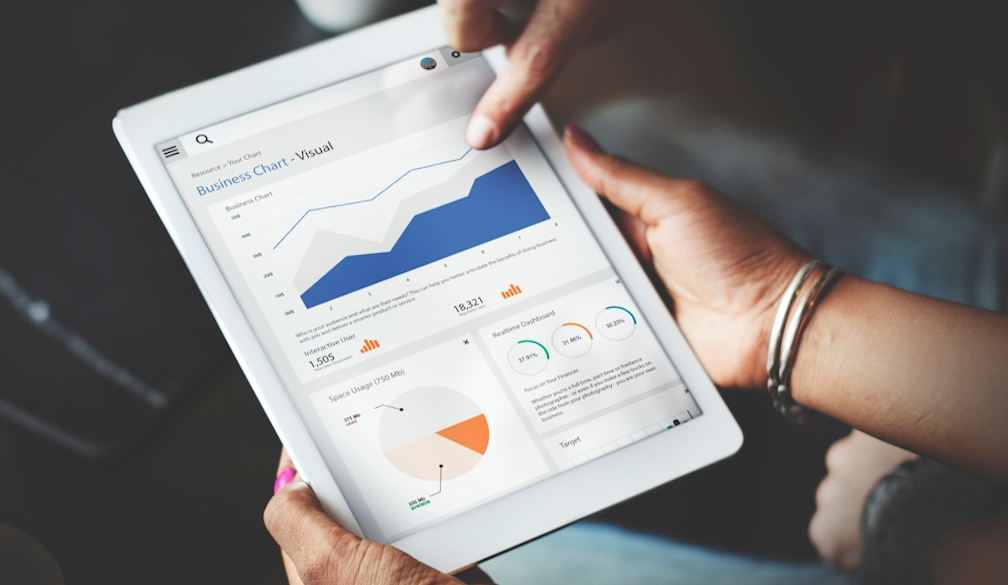Lowering the HELP repayment threshold is an easy target, but not the one we should aim for
- Written by Tracey West, Lecturer in Behavioural Finance, Griffith University
Most recent estimates show the Higher Education Loan Program (HELP) debt owing is nearly A$52 billion in 2017-18. It’s forecast to increase to A$75 billion by 2020-21 and up to 25% of those loans are unlikely to be paid.
Legislation to lower the initial HELP repayment threshold from A$55,000 to A$45,000 (with a rate of 1%) is likely to pass the senate after passing the lower house on March 27th. This legislation includes linking indexing to inflation instead of average weekly earnings, which will slightly increase the rate of debt accumulated (20 year average for inflation is around 2.6%, compared to 1.8% for average weekly earnings).
Increasing repayments on HELP debt by lowering the initial threshold is an easy target. Why? Because people who owe money don’t pay much attention to their HELP balances, let alone the parameters that determine repayment and accumulation.
 Softer tactics could help students into increasingly making repayments voluntarily.
Shutterstock
Softer tactics could help students into increasingly making repayments voluntarily.
Shutterstock
Since the ATO stopped posting statements in 2013, people owing HELP debt are left to their own devices and to check their balances on the ATO site. General financial advice points to giving HELP debts low levels of attention and paying down high-interest loans first.
Proposed changes, like replacing the annual average weekly earnings indexation with the 10-year government bond rate, abolishing the deceased-estate write-off for estates exceeding A$100,000, and lowering the initial threshold to A$42,000 have drawn media attention over the years, but have not been met with outrage by those potentially most affected.
But there are softer tactics that could nudge debtors into increasingly making repayments voluntarily.
Read more: The strange accounting behind the proposed HECS changes
Students need a financial toolkit
First, equip students with a financial toolkit. It would involve legislating education providers to deliver financial literacy programs that include information about the HELP scheme and their obligation.
Such a program should include making students aware of the parameters, repayment projections under various scenarios, and potential changes to the scheme as proposed by political parties or commentators. If the provider (university or vocational educator) offers HELP then surely they have a moral obligation to provide this service.
Offering financial literacy programs through tertiary education providers also fills a gap in the National Financial Literacy Strategy. ASIC’s MoneySmart would be an ideal curriculum consultant.
 Educating students about loan repayments might be as easy as offering financial literacy programs throughout university.
Shutterstock
Educating students about loan repayments might be as easy as offering financial literacy programs throughout university.
Shutterstock
Such programs are already implemented in the US. Due to the large scale of privatised student debt issues, 53% of universities offer financial education program to students.
Studies on the efficacy of these programs demonstrate increased financial knowledge, reductions in financial at-risk behaviours (like delinquencies, excessive credit and over-spending), and increases in responsible behaviours (including improving regular savings and planning).
While the settings in the US differ to Australia (commercial interest rates, not extinguished by death), privatisation has been previously explored.
Australian debtors don’t “default” like US debtors because most student loans are like a commercial loan in the US. In Australia, graduates only do not pay if they don’t reach the repayment threshold, or die.
Bring back discounts
Second, bring back discounts on voluntary payments over A$500, abolished by the Liberal government in 2017 . Previously, discounts were 15% up until 2005, then 10% until 2014, then 5%. What, then, incentivises people to pay lump sums?
Read more: FactCheck: does Australia run one of the most generous student loan schemes in the world?
Communication is everything
Third, the ATO needs to communicate with HELP debtors on a regular basis to overcome laziness and put HELP debts as first priority in personal financial decisions.
 A simple text message might help students remember their student loan repayments.
Shutterstock
A simple text message might help students remember their student loan repayments.
Shutterstock
Text messaging is effective in influencing behaviour. Text messages prior to indexation have encouraged balance checks and lump sum payments (particularly at tax rebate time) and may be effective in increasing voluntary repayments. These strategies work by subtly reframing the way messages are conveyed, and regular presentation of messages, to positively impact behaviour.
A positive aspect of the legislation under consideration is that lowering the initial repayment threshold means HELP debt repayments will appear on payslips. Because of this, early on in a debtor’s working life they will be able to increase their awareness of HELP debt owing.
The threshold reduction needs to be compatible with the original intention of the income contingent loan scheme to provide equitable access. Lowering the initial repayment threshold will put increased financial pressure on relatively low paid workers, many of whom are women. Under the new changes, a person earning A$46,000 will repay nearly A$9 a week. While this doesn’t sound like much, a single mother may strongly disagree.
Read more: Higher child support doesn't lead to welfare dependency for single mums
The government should consider pursuing other, more gentle and effective behavioural tactics to reduce the national HECS debt in the lead-up to the budget, rather than one that has the potential to hurt low paid workers.
Authors: Tracey West, Lecturer in Behavioural Finance, Griffith University



















